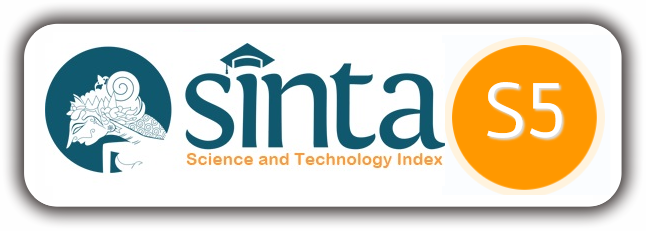Image Clustering Optimization: A Comparison of Single vs Hybrid Feature Extraction Technique
Abstract
In image processing, clustering techniques aim to group images into distinct classes. These methods utilize feature extraction, the first step toward pattern recognition, and analyze unprocessed data to derive valuable information. The impact of various feature extraction methods on the clustering outcomes is the focus of this research study. In this case, the issue to answer is: does the use of different feature extraction methods affect the effectiveness of clustering? The featured methods of extraction in this study are Histogram of Oriented Gradients, Local Binary Patterns, and HOG-LBP. These methods were used in conjunction with the Self-Organizing Map and K-means. The results show that LBP with K-Means gives exceptionally effective results with silhouette value 0.3615, a Davies-Bouldin index of 0.8128, and a Calinski–Harabasz index of 51940.5105. These results confirm the effectiveness of the extraction method used and the clustering algorithm. Like the other methods of extraction, the dependability of effectiveness centers on the capability of the feature selection algorithm’s ability to differentiate the dataset. This is one of the feature extraction challenges for image clustering in large datasets – the focus is on feature extraction and the need for precise definition is critical.









_(1)_(1).png)
